Siege is defined as a military tactic consisting in imposing a military siege on a fortified city or place to force its inhabitants to surrender. Thus, the siege is one of the aspects of ancient warfare that has the same recorded history, and continues to this day.
The siege is described in the Bible, as well as in the stories of (Homer) and the historical records of ancient historians such as (Josephus Flavius) and (Tacitus). During World War II, several regions on the Eastern Front of Europe suffered from epic sieges, such as the sieges of Stalingrad and Leningrad, where the sieges of the latter lasted nearly 900 days.
Throughout history, military sieges occurred on all continents of our planet, and some of them ended with the annihilation of the enemy even after its surrender by killing men and boys and enslaving women, some of which are even mentioned in the Bible. Some other forms of sieges ended in victory for the enemy, but at a very high price, and some forms of sieges witnessed outbreaks of diseases and epidemics such as typhus, smallpox and cholera. Here are the longest and worst blockades humans have faced in history:
1-The Siege of Megiddo
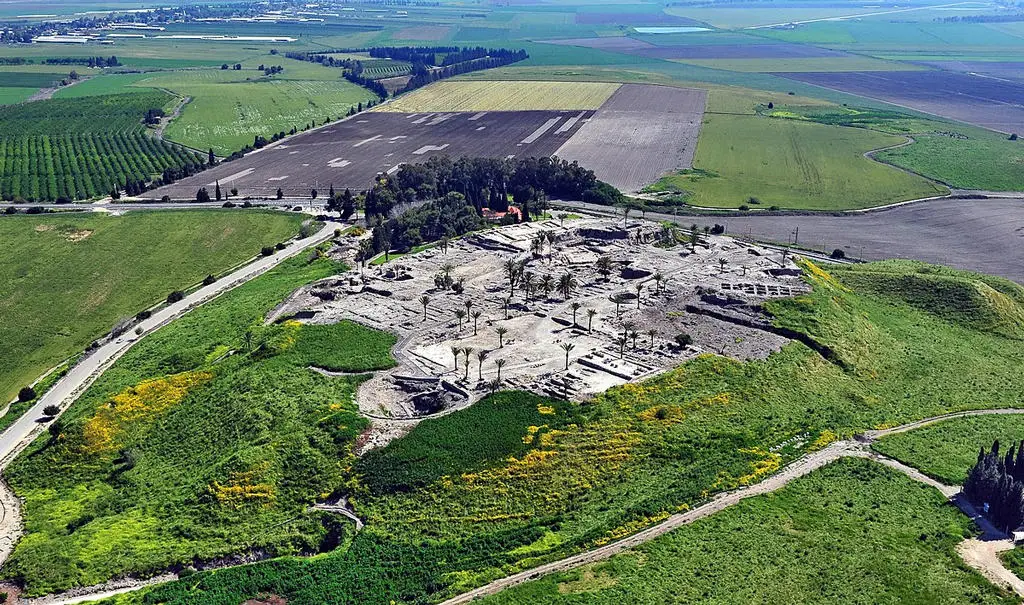
Image: Wikipedia
This siege is considered one of the first recorded military engagements in history, and the Battle of Megiddo resulted in a brutal siege that lasted for months. The battle took place in the fifteenth century BC, when the Egyptian Pharaoh (Thutmose III) led his armies to Palestine to put down a revolt led by a coalition of city-states in Mesopotamia. According to ancient Egyptian military records, the two armies were facing outside Megiddo in a bloody battle in which infantry and vehicles participated, and it was also stated that the Pharaoh himself participated in the fighting.
The Egyptian army surrounded the coalition forces, but they were busy stealing the spoils of war from one of the enemy camps, which allowed the others to retreat and retreat to the city of Megiddo and take shelter in its fortifications.
The Egyptian Pharaoh did not retreat, but decided to besiege the city to prevent all forms of movement and prevent anyone from entering or leaving it. The city withstood 7 months of siege, and suffered severe starvation and disease. City leaders sent their male and female children to beg for surrender. In the end, (Thutmose) accepted the dispensation of Medina in exchange for offering loyalty to him.
2-The Siege of Vicksburg
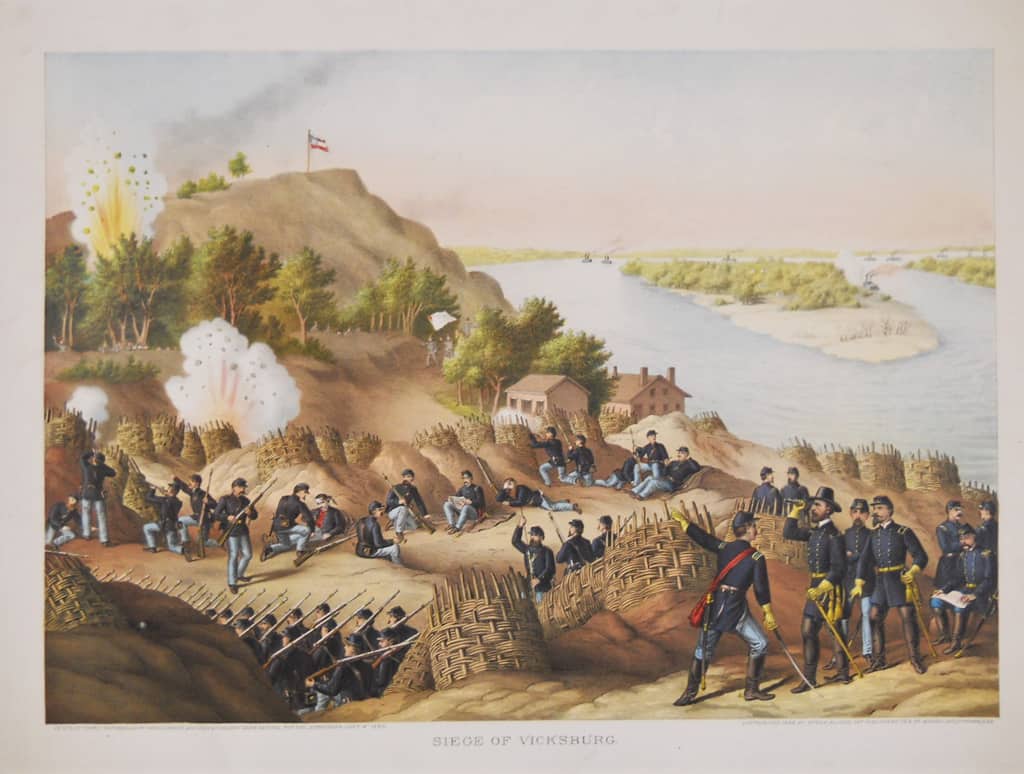
Photo: Philadelphia Print Shop West
The Siege of Vicksburg, as well as the Battle of Gettysburg, was one of the decisive military confrontations that turned things around in the American Civil War. The siege began in May 1863, when General (Ulysses Grant) was commander of the Union Army, and he surrounded the Confederate forces under the command of (John C. Bamberton) in Vicksburg, Mississippi. Grant tried to break through the ranks of his enemy through several raids, but they failed, and ultimately decided, forcibly, to dig trenches and besiege the city.
Many civilians, who wanted to avoid the horror of the siege, were forced to seek shelter in a network of mud caves, later known as the “Prairie Dog Village”. In an effort to avoid the fighting, Grant’s forces dug a tunnel and detonated mines under the city’s fortifications, and although the townspeople in South America were far fewer than the Union Army forces, they held out and closed the gaps that Grant’s soldiers might be able to cross, but This strong spirit did not last long.
The residents of the city were without much supplies and no additional reinforcements would come to save them, so Pamberton decided to surrender on the fourth of July, and with the fall of Vicksburg, the Union forces were able to control the entire Mississippi River, which led to the splitting of the lands and possessions of the Confederacy in two, and this dividing line continued Until the end of the war.
3-Siege of Tire
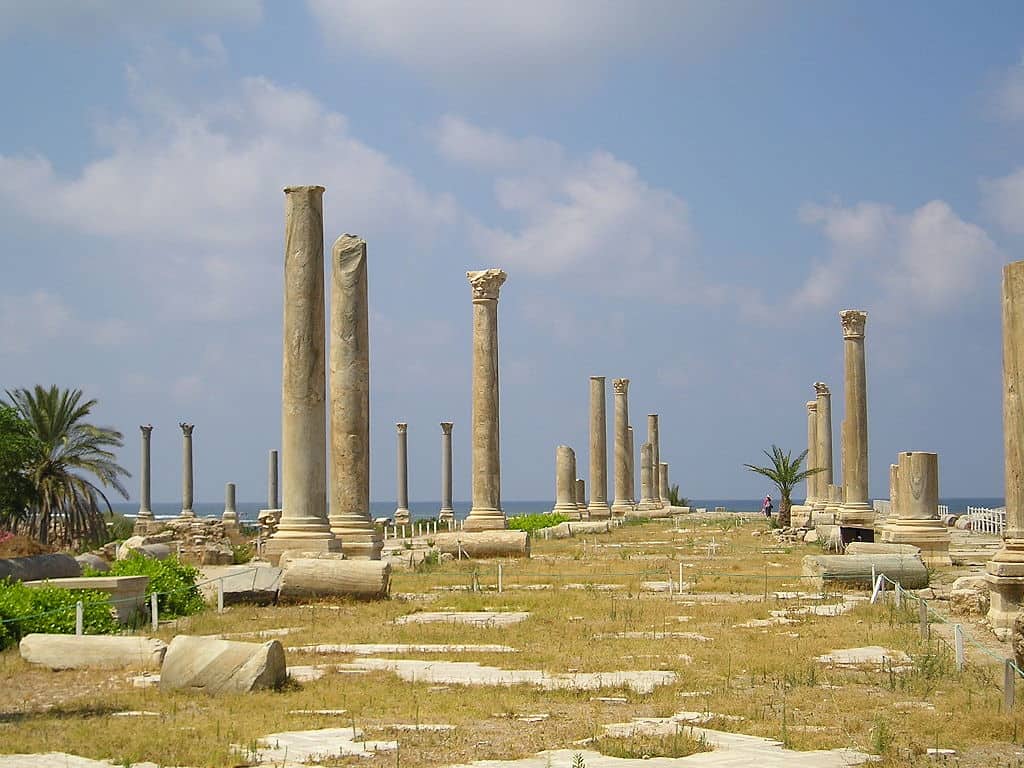
Photo: Time Travel Rome
In 332 BC, the eyes of the famous military leader (Alexander the Macedonian) turned towards the Phoenician city of Tire located on the Mediterranean Sea, which was one of the prosperous Phoenician cities in the field of trade, and it is worth noting that Tire was an island on the Mediterranean before it became a peninsula And we will mention that later.
The number of (Alexander) army was about 35 thousand soldiers, which is a very huge number compared to the army of Tire, although the city possessed a good naval force and a lot of resources and supplies to be able to withstand in the event of siege, and on top of that, the city had strong walls that reached their height About 45 meters.
(Alexander) was not able to reach the city enough to be able to storm it by traditional methods, so he resorted to the siege. The siege of Tire is considered one of the historical examples of engineering ingenuity in the military field, especially if we take into account the historical period in which this siege took place, when (Alexander) ordered his soldiers to use wood and stones to build a crossing linking it to the island on which the city of Tire is located. Thus, (Alexander) was able to reach the island via this artificial bridge, and his soldiers began to besiege the city and bombard its walls.
The siege lasted for seven full months, and (Alexander) forces were able to breach the fortifications and seized Tire after a bloody and violent massacre.
It is interesting that this temporary crossing built by (Alexander) was the one that connected the city to the mainland and the coast of Lebanon, where sand and silt particles gathered (or silt), which led to the change of the island forever and turned it into a peninsula as we know it today.
4-The Siege of Candia

This siege, which has lasted for two decades, by the way, began in the 17th century. At first, a division of Malta’s cavalry raided Ottoman ships, and the latter was forced to flee and seek refuge in Candia of the Venetian Republic in Italy, which is located on the island of Crete. The political situation between Venice and the Ottomans was not good in the first place, and an all-out war broke out between the two sides, and by 1645, a Turkish army numbering 60,000 fighters arrived on the coast of Crete, and began to destroy and occupy the countryside in the beginning, and then managed to occupy the entire island.
In 1648, the Ottomans reached Kandia, which was a major metropolis at the time, and the Ottomans besieged it, cordoning off all ports. The Ottomans launched several invasions and bombings over and over again, but were unable to score a decisive blow. The inhabitants of Candia, who lived under this siege, were able to force the Ottoman army to retreat every time they advanced, and they repaired the walls and closed the gaps each time so that the fortified city did not fall into the hands of the Ottomans.
A French fleet arrived in 1669 to defend the city and help break the blockade, but was forced to withdraw immediately after the fleet’s most powerful ships were destroyed in a naval battle. Kandia was in dire straits, with only a few thousand soldiers remaining, so the defenders soon surrendered. The siege was finally lifted in September 1669, 21 years and 4 months after its start, making it one of the longest sieges in history.
5-The Siege of Carthage
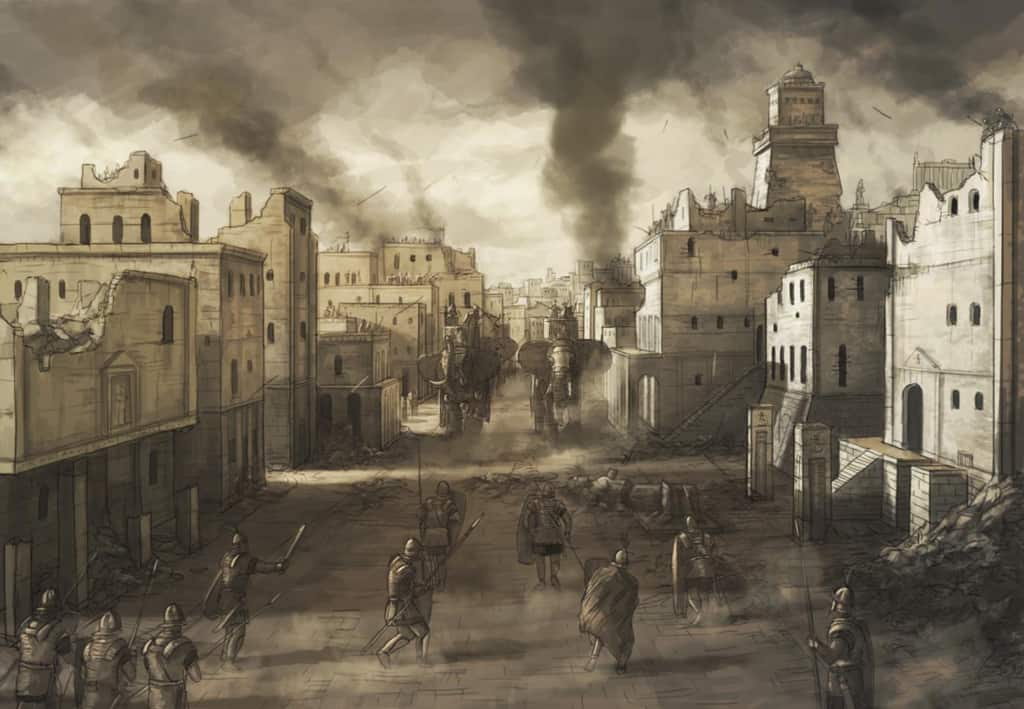
This siege was part of the Third Punic War, the last in a series of violent conflicts between ancient Rome and the Phoenician city of Carthage. In 149 BC, (Scipio Amelianus) led a Roman army and arrived in North Africa seeking to destroy Carthage one last time and forever. However, (Amelianus) faced walls about 20 meters high, so he was forced to besiege the city and set up a camp around it.
On the other hand, the Carthaginians prepared themselves for such a siege, arming everyone in the city, even prisoners and slaves. According to the Roman historian (Appian), the women of Carthage cut their hair so that men could use it as a substitute for catapults. When the Romans faced this resistance, they were forced to maintain the siege and wait, so their siege lasted for 3 years.
When the Romans managed to break through the walls in 146 BC, Amelianus’ forces confronted the defenders in the city streets in a battle that lasted 6 days, and then eventually managed to crush the Carthaginian resistance. At the end of that battle, Carthage was in ruins, and about 50,000 of the city’s remaining residents were enslaved.
6-The Siege of Leningrad
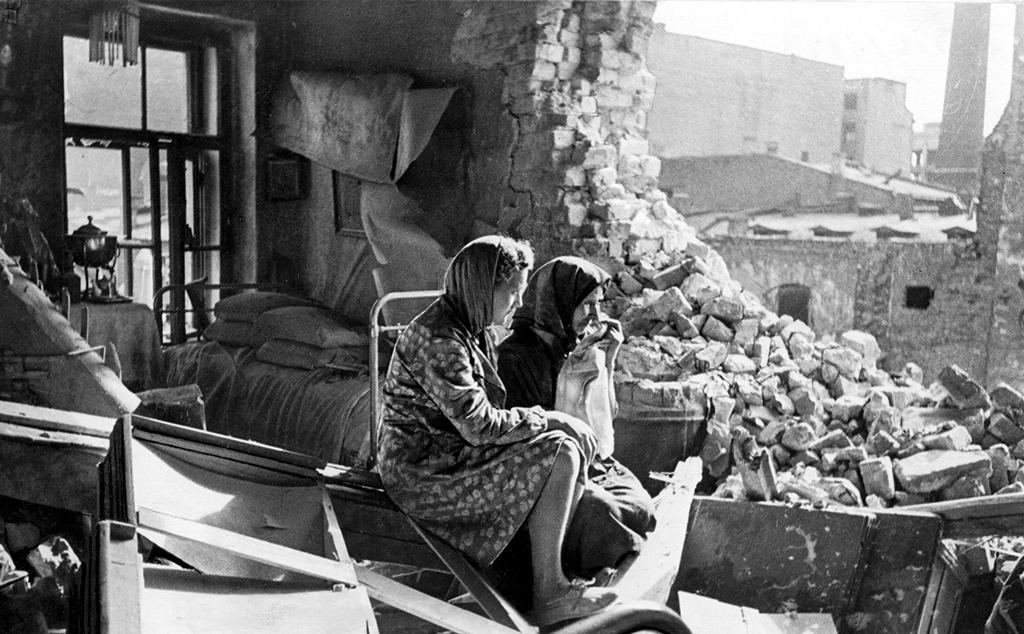
Image: Getty images
The siege of Leningrad is one of the famous landmarks of World War II, and it is a painful reminder of the extreme loss of life and misery that the siege causes, especially those civilians who have no way but to live under a suffocating siege.
Nazi German forces arrived in the city in 1941, as part of Operation Barbarossa, a surprise invasion of the Soviet Union. The Germans tried to avoid war operations in the city, and did not seriously seek to take it by force, but rather (Adolf Hitler) resorted to an alternative, more brutal option, which is to besiege the city and starve its inhabitants until it declares its surrender.
The population of the city was about 3 million people, and they were never ready for such a siege, and they did not even have sufficient supplies that are supposed to keep them alive. Not only was the city besieged, but German planes bombed it daily, adding to that the extreme hunger of the population, the low temperatures and the spread of disease.
People are said to have eaten anything during that period in addition to their meager daily allowances of bread, such as leather shoes and wallpaper stickers, and testimonies have also surfaced stating that some ate human flesh. Despite these terrible and difficult conditions, the people of Leningrad managed to withstand life under siege, and withstood 872 days, that is, from September 1941 to January 1944.
But even after victory was achieved, the result was tragic, when the Red Army was able to eventually liberate the city, the number of victims of the siege who lost their lives, most of them civilians, was estimated at one million, while other sources estimate that the total number of deaths due to the siege could reach two million And 500 thousand.
7-The Siege of Baghdad
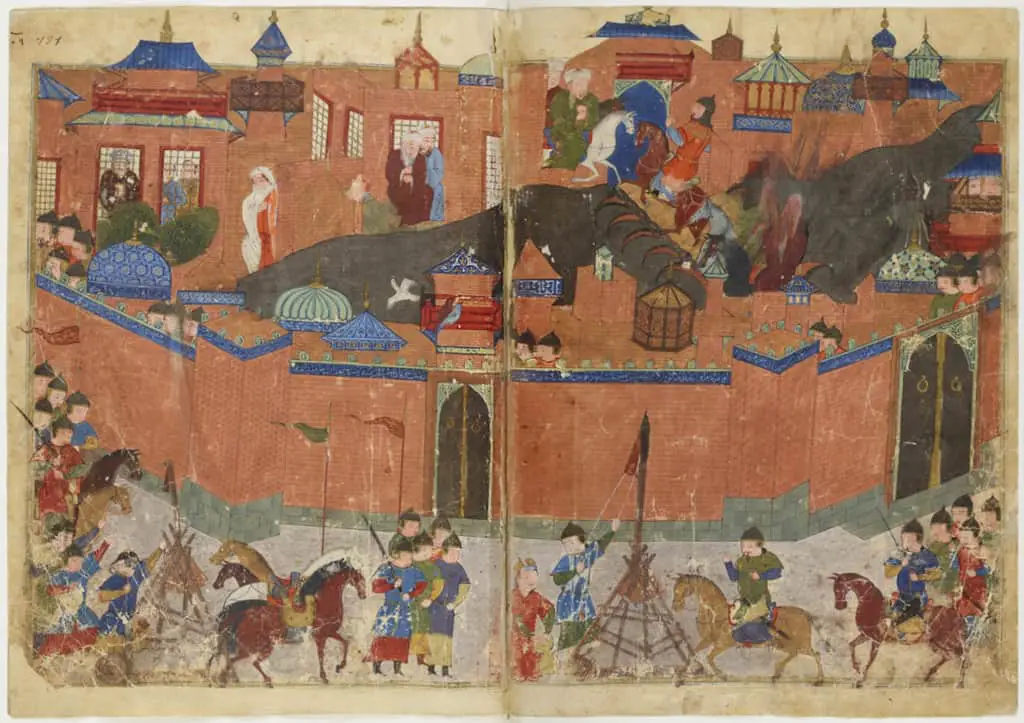
Image: Wikipedia
During their golden age, the Mongols invaded most of Asia and a large part of the Middle East and Eastern Europe, and these campaigns were led by descendants and relatives of (Genghis Khan). One of those military campaigns came by (Hulagu Khan), a grandson of (Genghis Khan).
(Hulagu) wanted to besiege the city of Baghdad in Iraq, and was determined to destroy what is known as the largest centers of civilization threatening Mughal rule, and one of the most famous and largest cities of Muslims. More than 100,000 Mongols marched towards Iraq after the Caliph Al-Mustasim Billah, the last Abbasid caliph in Baghdad, refused to surrender to the Mongols. The Mongols did not attack alone, as some Shiites who had been abused by al-Mustasim were said to have also participated in the invasion, and one of the ministers of the caliph, Muayad al-Din Ibn Al-Alqami, personally participated in helping the Mongols. The siege began on January 29, 1258, and officially ended on February 10 of the same year.
The length of the siege is not what makes the latter famous, but the destruction that the Mongols brought to the city. When these walls and forts penetrated them, they massacred everyone they saw in front of them, except for the Baghdad Christians who took shelter in a church. The Mongols were so brutal that, as it is said, they wrapped the Caliph Al-Mustasim within a carpet and made horses trample him, and the Mongols also destroyed the city’s landmarks and holy religious places, such as the graves of the caliphs.
Their brutality did not stop at this point, but (Hulagu) personally ordered the destruction of the Library of the House of Wisdom, one of the largest and most modern centers of knowledge and civilization in that period of time. It is not possible to estimate the amount of science and writings that were lost or destroyed during the invasion of Baghdad, as the Mongols threw almost all books into the Tigris River until its ink became black from the ink of the books.
Every siege is accompanied by the spread of epidemics and diseases almost, due to the unsanitary conditions in which people live, and this is what happened in Baghdad as well, where corpses were thrown in the streets and roads, which undoubtedly led to air pollution and the spread of odors from the bodies of the dead, to the point that the epidemic and diseases I reached the Levant, and this could be the reason that prompted (Hulagu) to burn the city before leaving and heading to the conquest of the Levant.
8-The Siege of Sevastopol

Image: Wikipedia
This siege occurred between 1854 and 1855, and was part of the Crimean War that broke out between the Russian and Ottoman Empires, the latter of which received support from French and British forces. This siege contained one of the early examples of the trench warfare that characterized World War.
The siege lasted for 11 months, and when the Russians realized that they could not defeat their enemies on the open battlefields, they moved most of their armies into the city and fortified themselves in defensive positions. The battles initially took place during the day, and the Russians would take blows from artillery strikes during the day, and then return at night to fortify their defense posts.
Unfortunately for both parties, the winter was freezing cold, and all the combatants suffered from diseases, especially cholera and dysentery. The French army was affected by disease the most, and most soldiers’ deaths were due to illnesses they contracted.
The Russians defended the city hard and lost many lives, and in the last bombing battles, about 2,000 Russian soldiers were killed every day. In the end, the Russians decided to withdraw from the city, announcing their loss in the Crimean War, so the Allied forces entered the city on the ninth of September, and the war ended after a short period.
A number of artists and writers immortalized this war, including (Lev Tolstoy) who lived through it. The first Russian feature film, “The Defense of Sevastopol” was released in 1911 regarding these battles and sieges. Bandaging and treating the wounded on the Allied side.
9-The Siege of Tenochtitlan
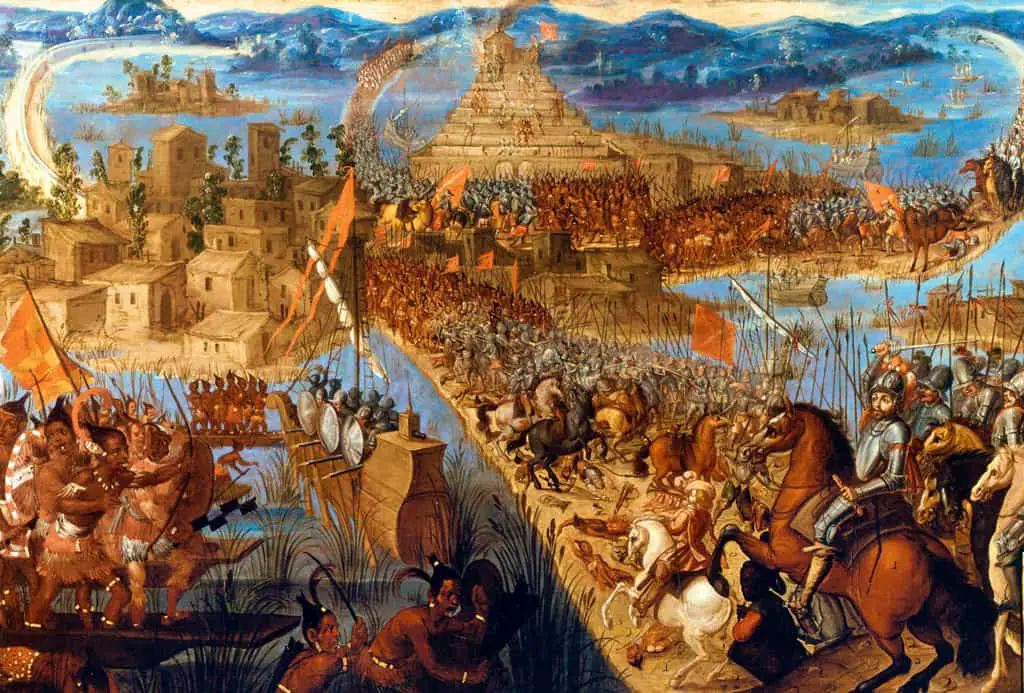
Photo: EILEEN TWEEDY / ART ARCHIVE
The siege of Tenochtitlan in 1521 was the last decisive battle between the Aztecs who defended their land against the Spanish colonialists, and the indigenous people were deeply indignant at the colonialist who suppressed them. The adventurer, or conqueror as he is called in Spanish, (Hernan Cortes) led an army of 200,000 men against Tenochtitlan, the capital of the Aztec civilization at the time, intent on exterminating the Aztecs and colonizing their lands to enrich the Spanish kingdom.
The number of defenders of the city was approximately 300,000 men, but the techniques of the indigenous peoples of America did not at all match the techniques possessed by the Europeans, which contributed to their decisive victory and the colonization of most of the American continents.
But the Aztecs did not surrender, but resisted fiercely, and here comes the role of nature in intervening in the interest of the European conquerors, as diseases, particularly smallpox, contributed to severely weakening the defenses of the Aztec and destroying the population. When the Spaniards realized that the conquest and incursion were not practical, he ordered (Cortes) to bomb the city, and the cannons demolished its forts until its people surrendered.
The siege lasted only about 3 months, but it left a tremendous number of deaths, especially civilians in the city, which amounted to about half of the victims, while the total number of victims is estimated at 200,000.
Some historians say that the Aztecs in Tenochtitlan and their ruler (Montezuma) believed that (Cortes) was an incarnation of the god (Quetzalcoatl), who is the god of wind and wisdom, and therefore he is the source of evil tornadoes, but other sources say that (Montezuma) knew that he was just a normal man and not an embodiment of any Machine.
10-The Siege of Jerusalem
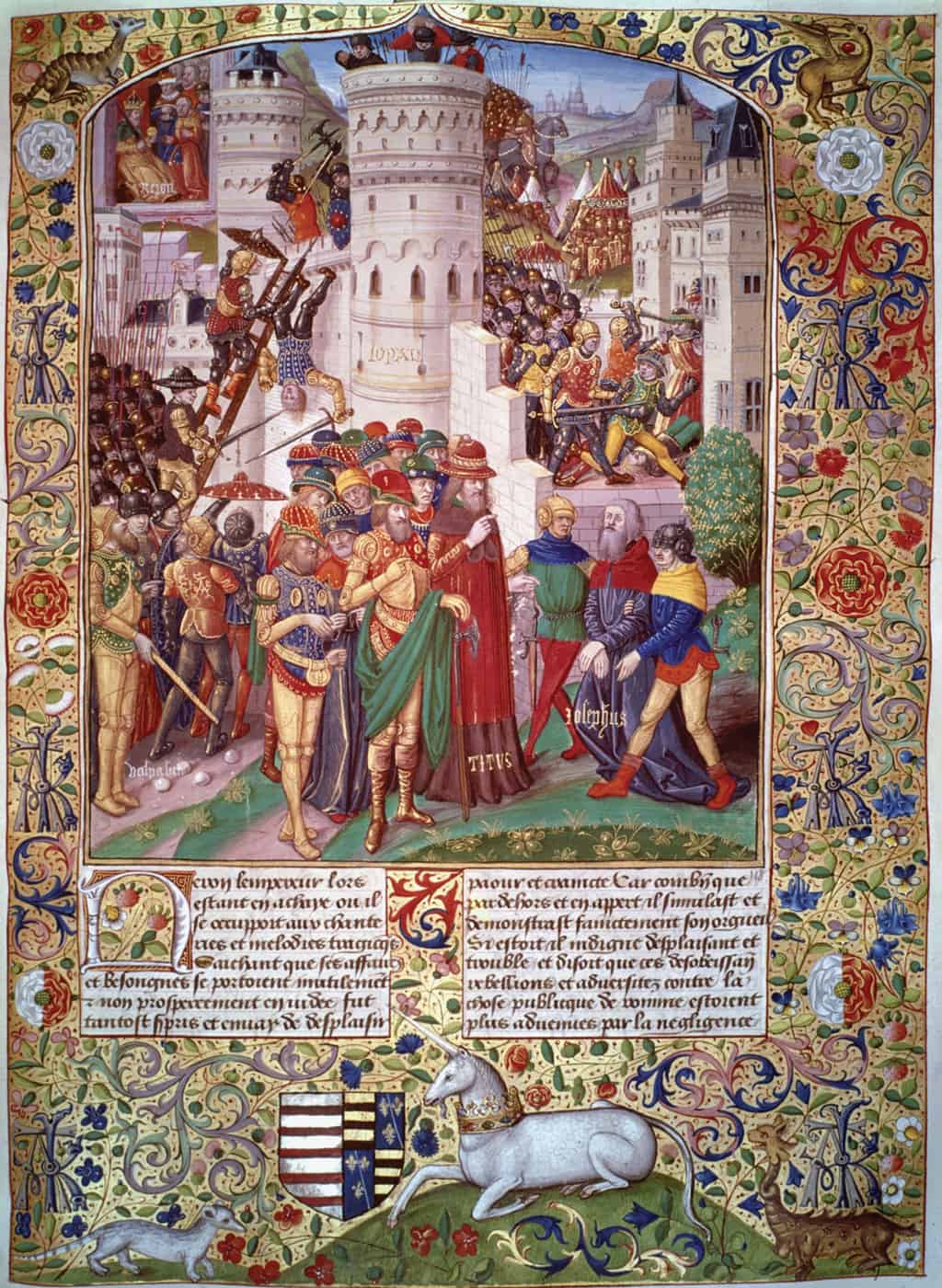
Photo: Photos.com/Thinkstock
Jerusalem was subjected to siege several times since its history, as well as the incursions since the days of the Egyptian Pharaoh (Shishnag I) in 925 BC, according to what came in the Old Testament of course, and later the Jewish-Roman wars, which are called the Hebrew sources, the Jewish revolution according to the rebellious character of these revolutions. Over oppressive rulers.
After the revolt of the Jews in 66 AD, the Romans tried to suppress this rebellion once and for all, so the military commander (Titus), accompanied by 70 thousand fighters, was sent to besiege the city of Jerusalem, which at the time had only 40 thousand soldiers to defend it.
The commander surrounded the city with 4 legions in February, and tried to negotiate with its defenders, so he sent the Jewish historian (Josephus) to speak and negotiate with the city leaders, but (Josephus) was wounded by an arrow that hit him, so the Romans completed their siege.
The inhabitants of the city were subjected to slow starvation due to the Roman siege and were forced to eat anything they find, such as animal skins, and some even resorted to human flesh, and this is what (Josephus) reported when he saw a mother killed her young child.
Eventually, Roman forces broke through the city walls and organized a surprise attack at night, and when the Romans entered, they massacred everyone that appeared in their way, most of them civilians. Also, a number of buildings were destroyed and many of them were looted, including the second temple, which was destroyed by the Romans in contravention of Titus’ orders itself.
Upon completion of the conquest, the Romans gathered most of the survivors, bound them, and sold them into slavery, after a large proportion of civilians were killed on the streets. By the seventh of September, the city was officially under Roman control.
Wars in themselves are part of human tragedies, but the siege imposed on a group of civilians is one of the most severe forms of war, as its psychological impact of hunger and misery is intolerable.